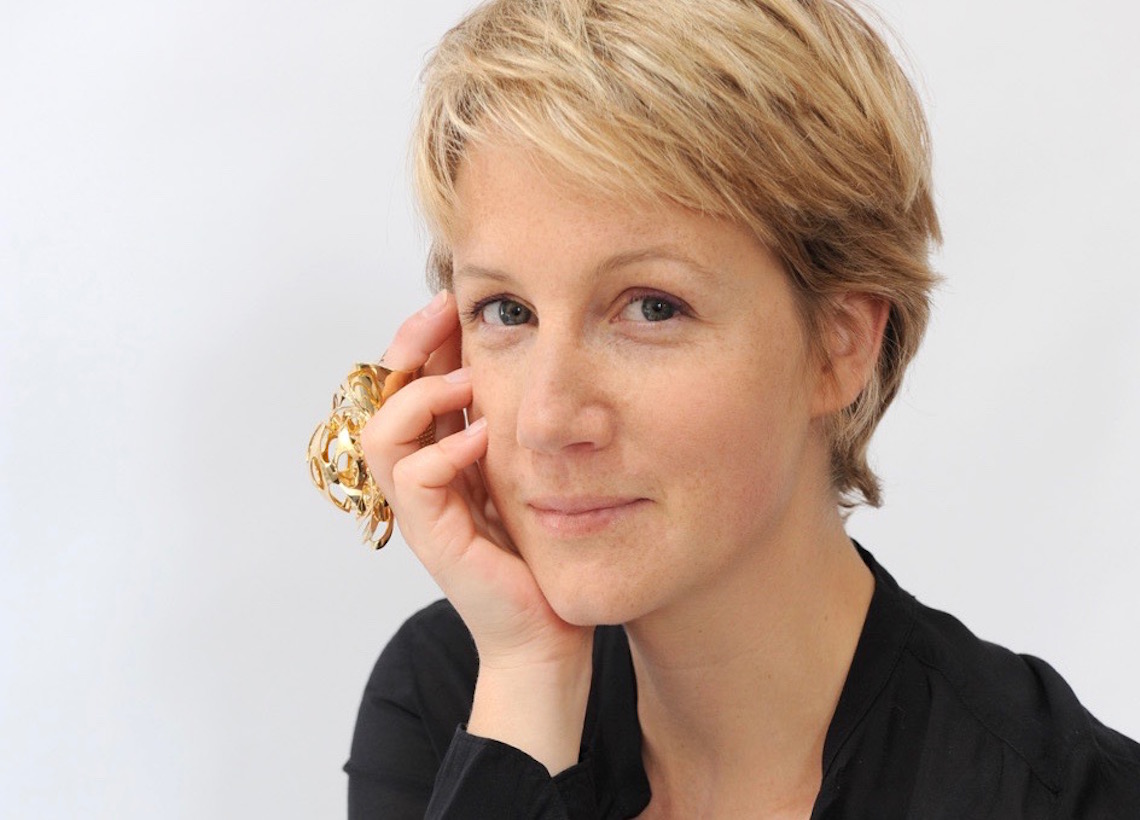
Posted: January 26th, 2016 -
Category: Exhibitions, Interviews
INTERVIEW WITH DIRECTOR ESTHER DE BEAUCÉ OF GALERIE MINIMASTERPIECE
Galerie MiniMasterpiece is a Paris-based gallery that works with the world’s most renowned contemporary sculptors to create wearable art, in the form of jewellery. The gallery was founded in early 2012 by Esther de Beaucé, who caught on the idea from her mother. Today, Ms. de Beaucé and Mr. Yann Delacour, the gallery’s artistic director, have steadily gained popularity for both her brand and also for her concept of jewellery as an avenue for art buying.
Though the idea of creating such artistic jewellery seems new to many, Ms. de Beaucé tells us that this collaboration between jewellery design and the Arts is not something new. She cites Giacometti, Calder, Picasso and Leger as some of the pioneer artists who have dabbled into the world of jewellery design, creating wearable pieces of art.
The collaboration between jewellery design and the contemporary arts is relatively new. What gave you the inspiration to start a gallery that caters to this collaboration?
I was inspired initially by my mother, Diane Venet, who has been collecting artists’ jewellery for the past 25 years. In 2012, I then realised there was no active editor in Paris who was working with contemporary artists from France and abroad in that specific field. You could find historical pieces and old editions but there was no work done with contemporary artists of this time. That led to the opening of my gallery in Paris in the spring of 2012.
In a sense, your creations could be termed “wearable art”. Were there challenges you had to overcome in order to come to a compromise between the meaning of the artwork and its use as apparel?
I often refer to my creations as wearable art or mini-sculptures. To me, they are not typical jewellery because they carry artistic significance and the essence of the artist’s works. Yet, they have to be wearable. There are many things to consider: the aesthetic appeal, comfort, weight and so on. Each piece needs to look impressive and should be in a sculptural form of a practical size. Also, their costs of production (i.e. sterling silver or 18 carats gold) have to be of the same range as the reputation of the artists in question. In that sense, artist’s jewels follow the same economical “truth” as artists’ monumental work.

Does the meaning of an art piece change when it becomes jewellery?
Yes it does- from a legal point of view! According to the French VAT law, a piece of jewellery created by an artist is not considered a work of art, even when uniquely and solely created by the artist. So, the jewellery piece is subjected to 20% VAT tax, not the usual 7% that a regular painting and sculpture incurs. This has always been something I have tried to reason out and with time, I hope I can!
On a more general note, I think that wearing a piece of “art jewellery” around your finger or on your neck evokes a feeling of intimacy with the artist and his work. You become a living museum almost! You feel differently than when you are wearing a piece of traditional jewellery.
At present, two artists, Pablo Reinoso and Bernar Venet, whose works are exhibited in our gallery, have also collaborated with Galerie MiniMasterpiece. Both artists are unique in their representation of form and structure. Are there specific artistic traits you look for in the works of artists you collaborate with to make jewellery?
The artists I approach are usually those who have created monumental works that I admire. They are usually sculptors, like Reinoso and Venet. Hence, I think the most important aspect in my choosing of the artists would be the love I have for their works. Also, it seems gratifying to stay connected to some of the world’s most talented artists!

What other ideas or upcoming projects do you think Galerie MiniMasterpiece will embark on to further bridge the narrowing gap between apparel design and the Arts?
In addition to my collaboration with contemporary artists, I began working with contemporary furniture designers about two years ago. Just like the contemporary artists I have worked with, these furniture designers have no experience in the process of jewellery making but are masters of the creative and artistic aspects.
Also, to narrow the gap between apparel design and the Arts personally, I feel that my gallery’s booth should be placed among the regular art booths and not the traditional design ones. That would be the first challenge to overcome and then to the VAT affair!
Design and the Arts have always been closely intertwined yet have been regarded as separate entities. However, with collaborations between the two fields that are sparked by talented and creative individuals, it is intriguing and almost exciting to see what the creative industries have to offer in time to come.




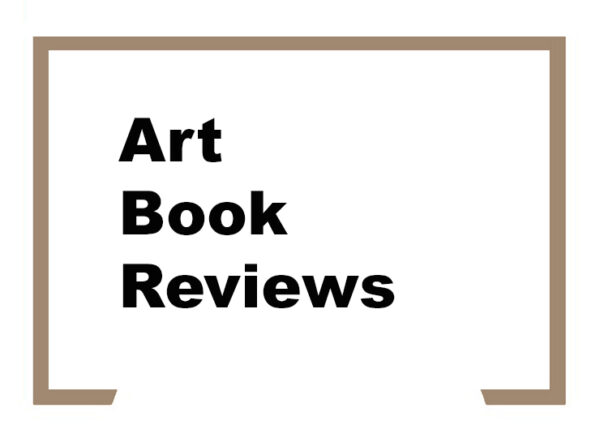
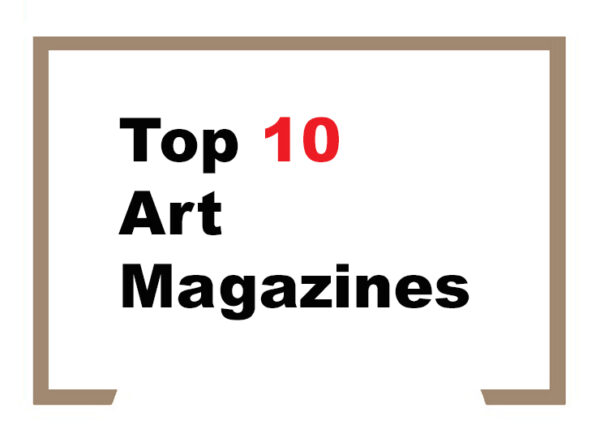
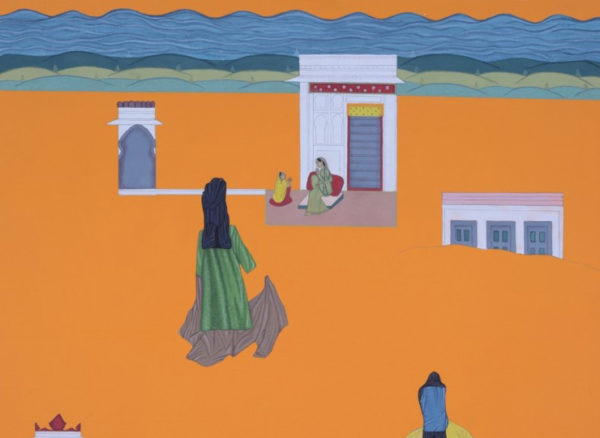


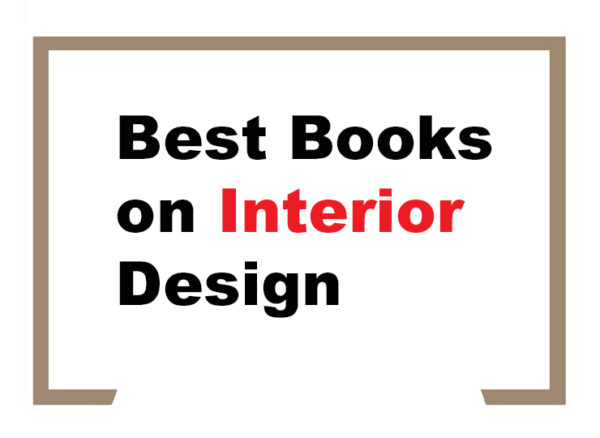
Comments